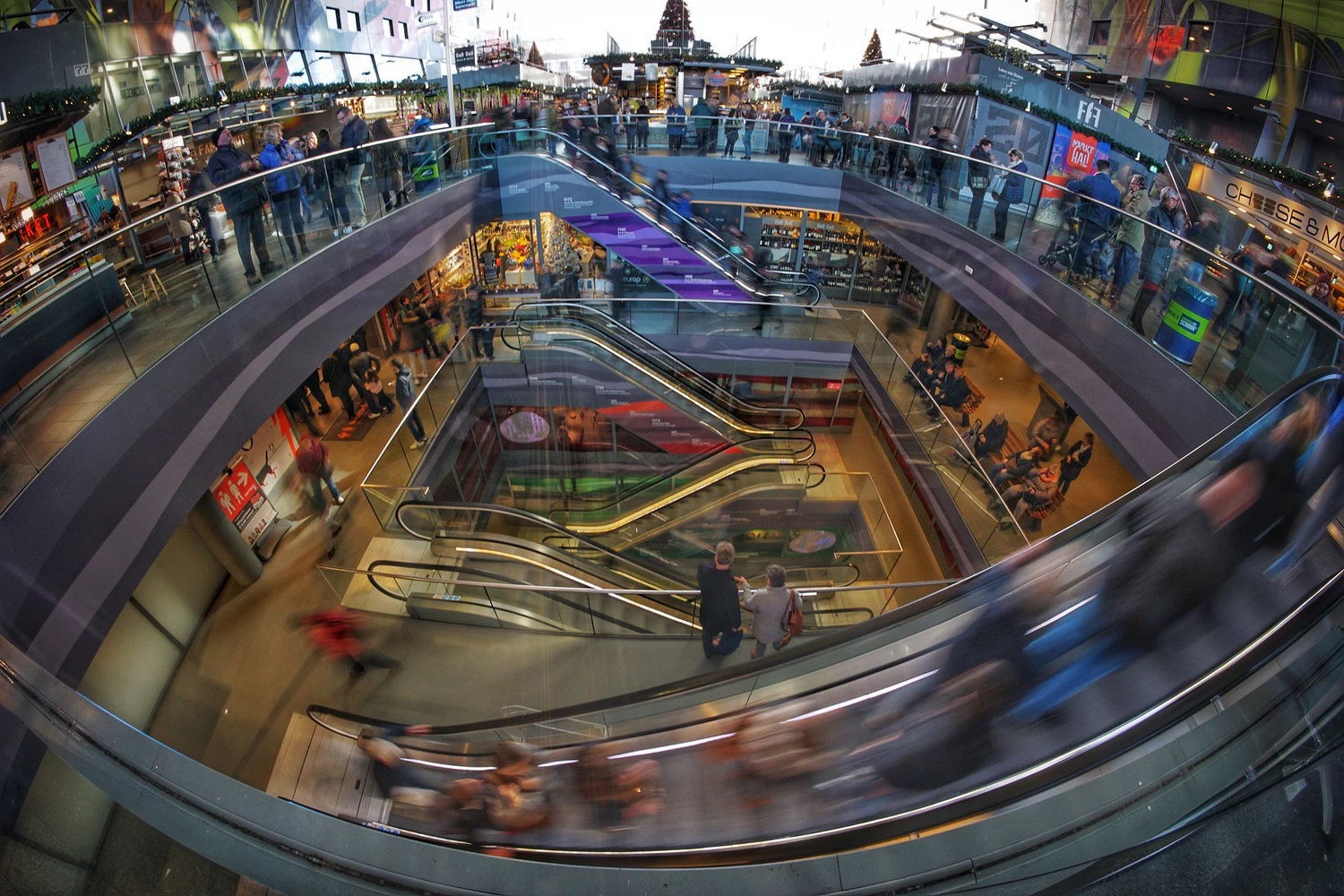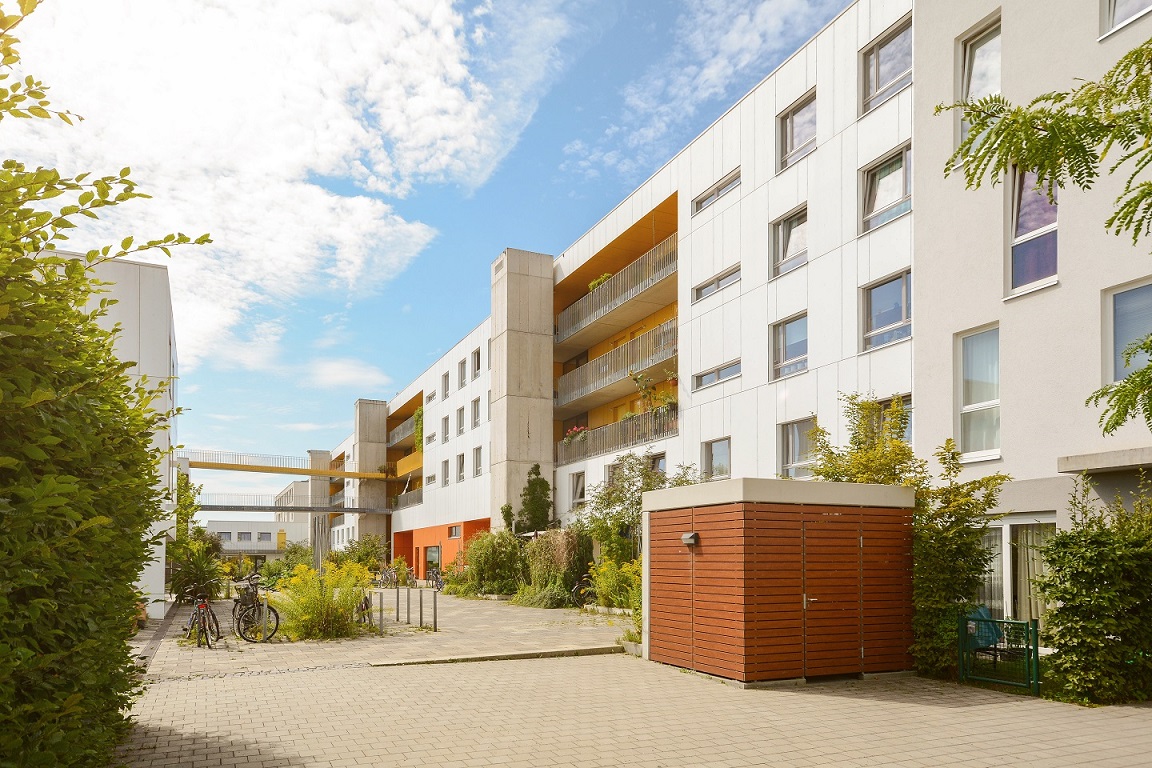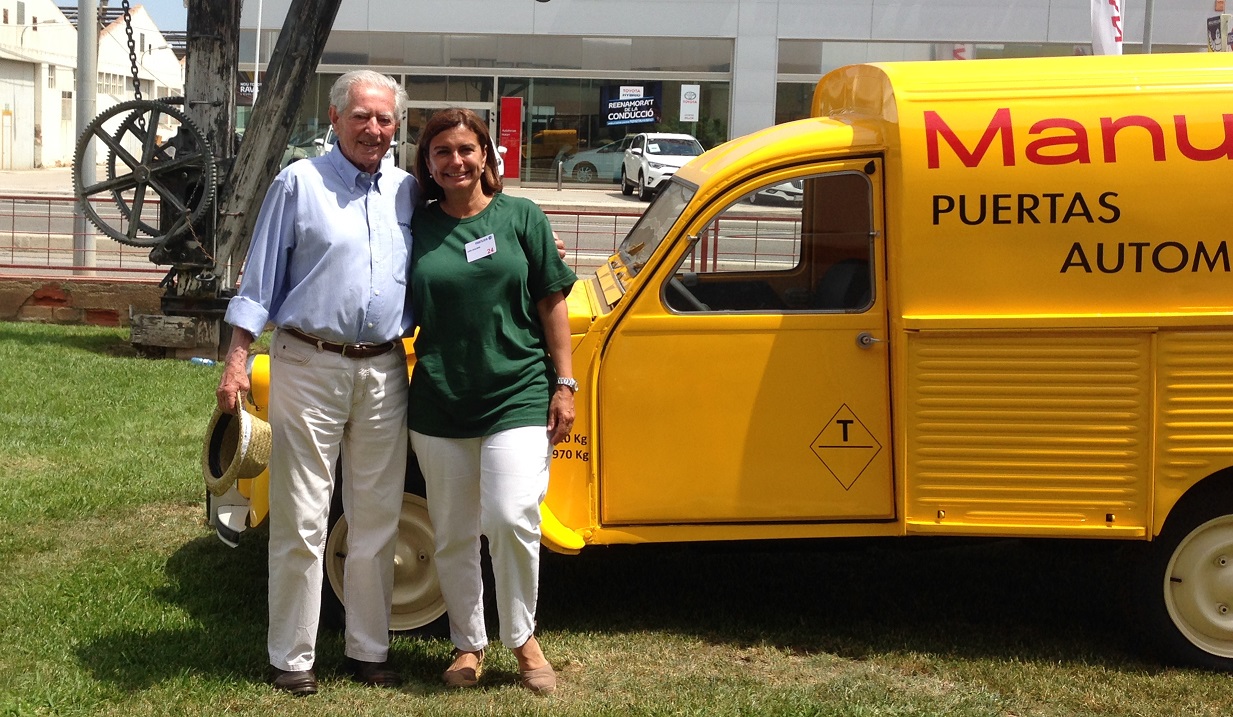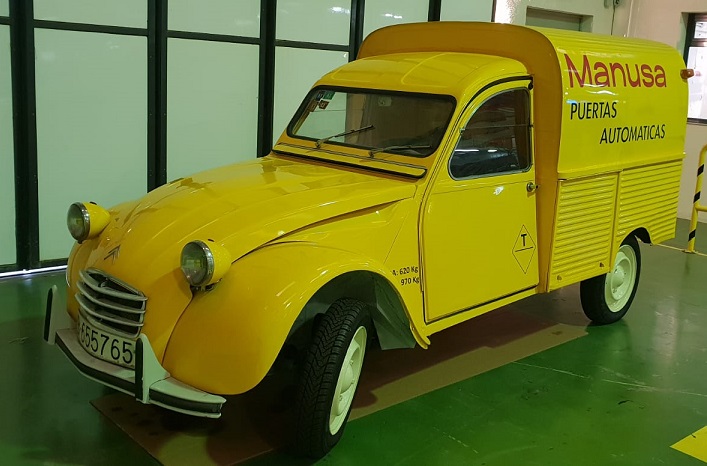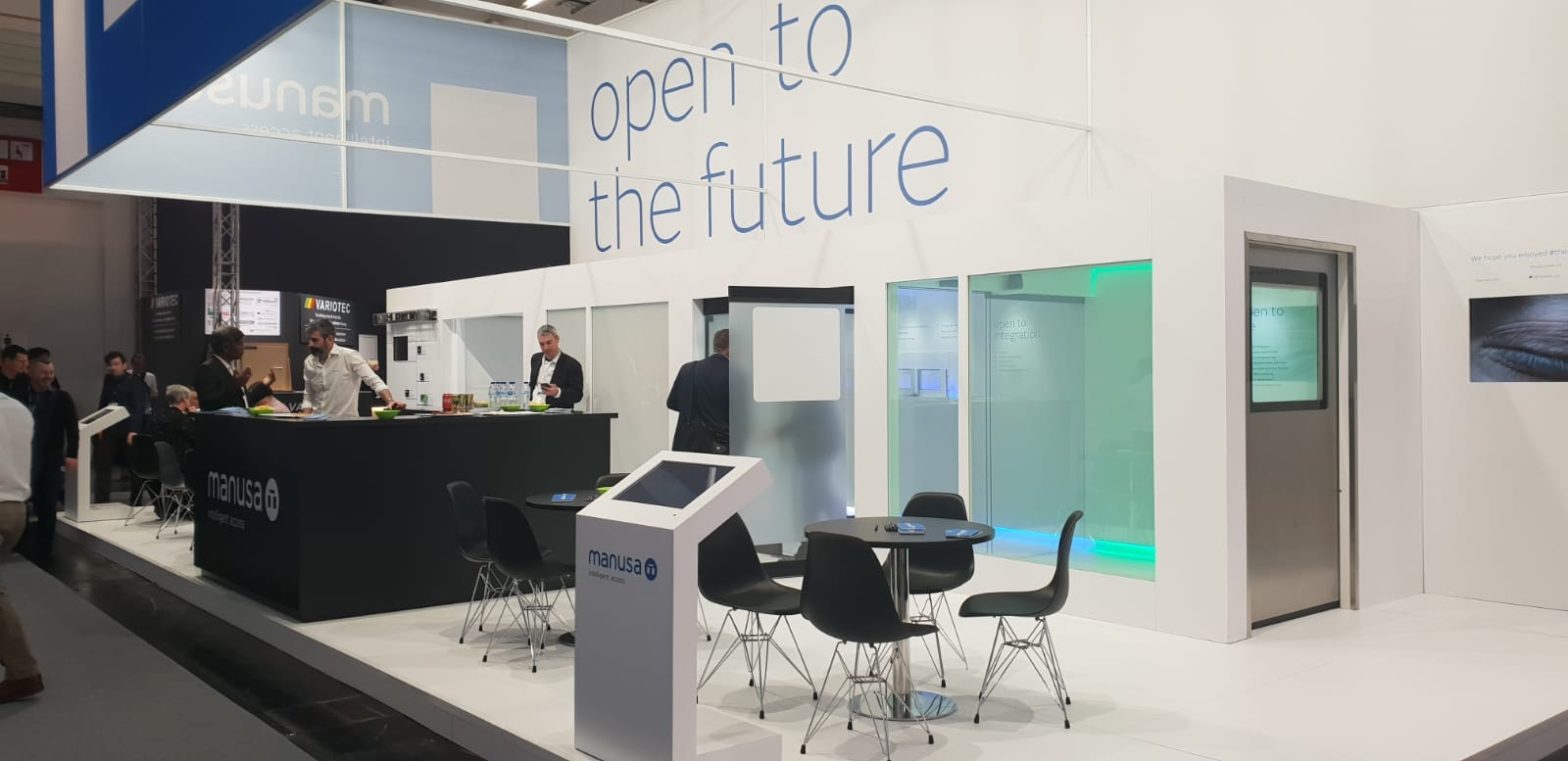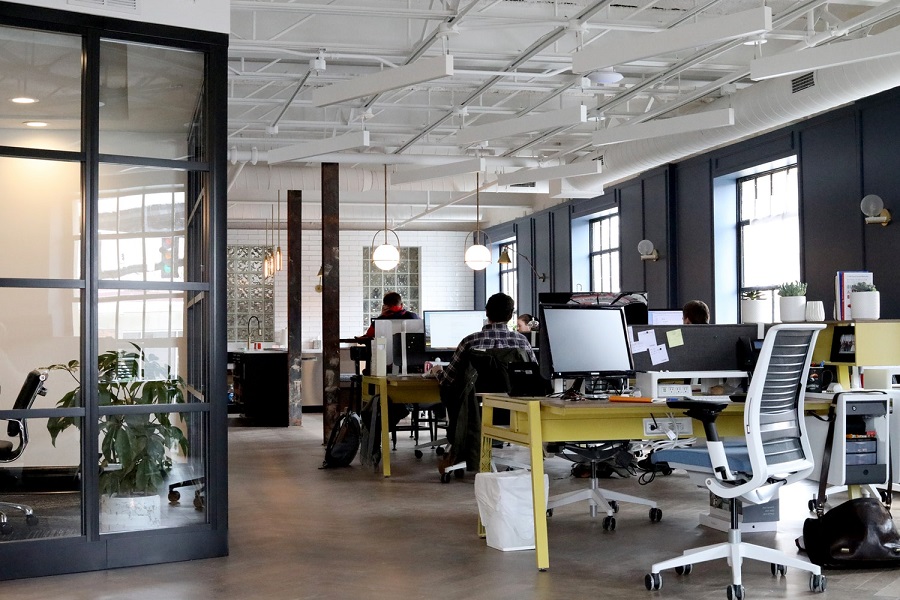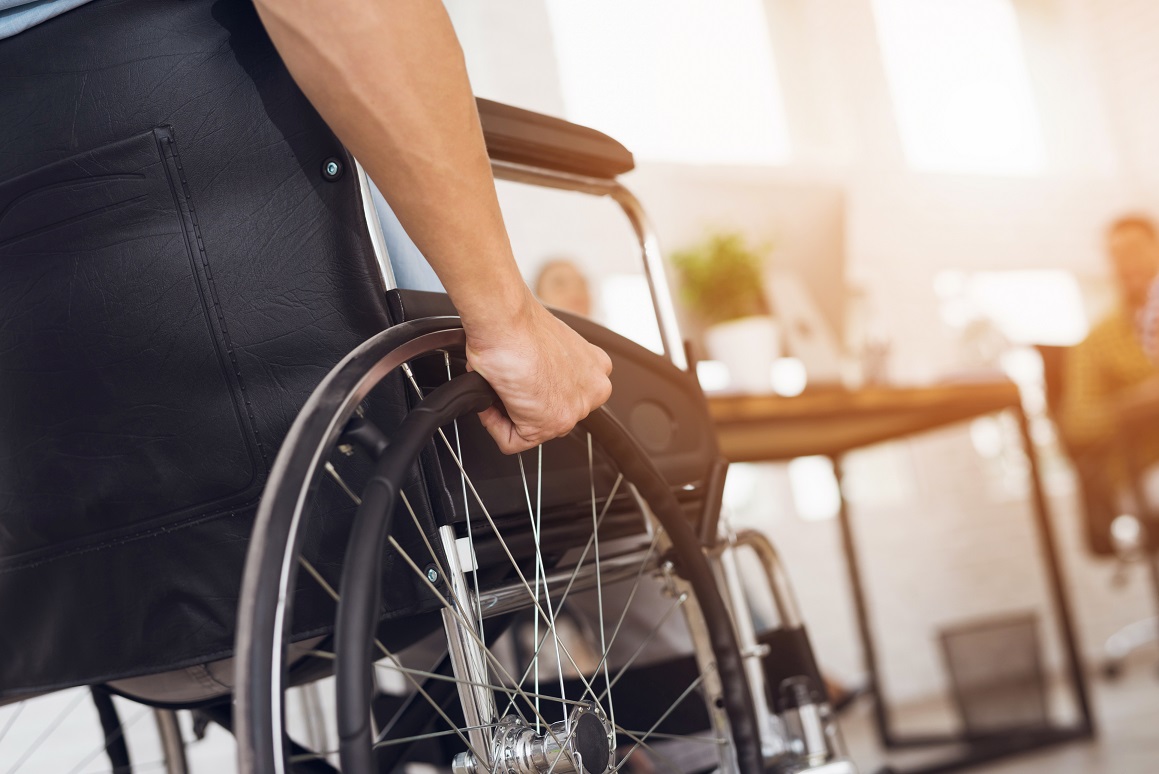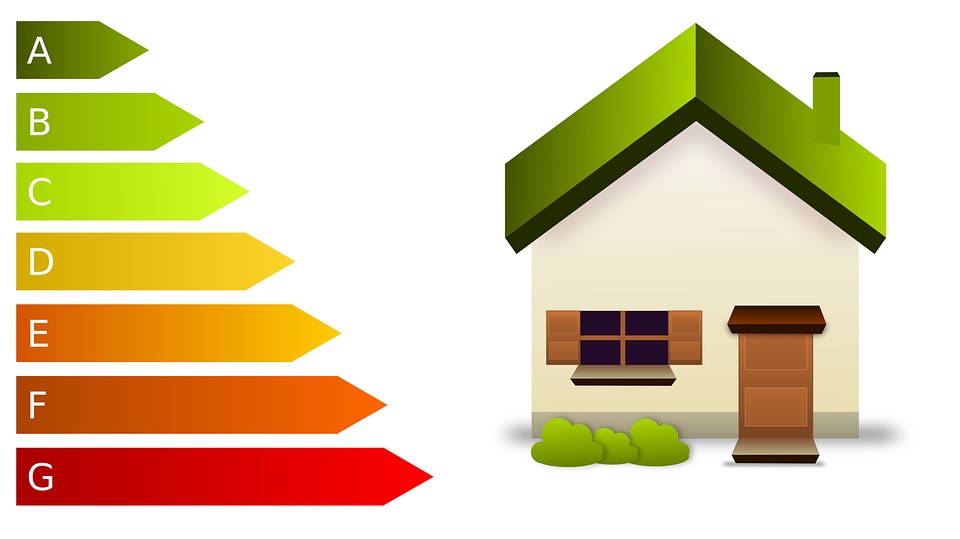Automatic doors for shop entrances and commercial spaces come in a wide variety of styles and designs according to requirements. Whether, for example, to allow people to move around more easily, to provide rapid access at entry and exit points or to equip garages with automatic doors that can be activated by remote control.
As can be seen in recent decades, automatic doors are a smart choice for any type of business. It shows the company cares about people and, in turn, customers recognise this as giving added value to the brand. Automatic doors make life easier for users, particularly parents with young children, the elderly, disabled people or simply those with their hands full of shopping for whom opening a door handle is inconvenient.
Automatic doors for retailers
So which are the best automatic doors for shops? There are different models and types depending on the location. An automatic door for a local neighbourhood shop is not the same as one for a large shopping centre.
- Standard sliding door: bi-parting and side-opening models are available. These are the most popular and functional as they allow people to flow in and out.
- Telescopic sliding doors: these are installed in shops or companies with limited space or in businesses that require a very wide entrance such as car dealerships.
- Curved sliding doors: this range of products is usually found in large entrances to shopping centres. The circular automatic door is also a classic model.
In addition to these three types of access there are also: swing doors, fire-resistant doors, and emergency exit doors, featuring leaves that swing open outwards by simply pushing against them.
Shops and businesses always strive for the highest level of customer service. This policy should not only revolve around good value for money or an efficient product return service. The commercial space should also form part of the brand value and doors are a positive element of this space.
